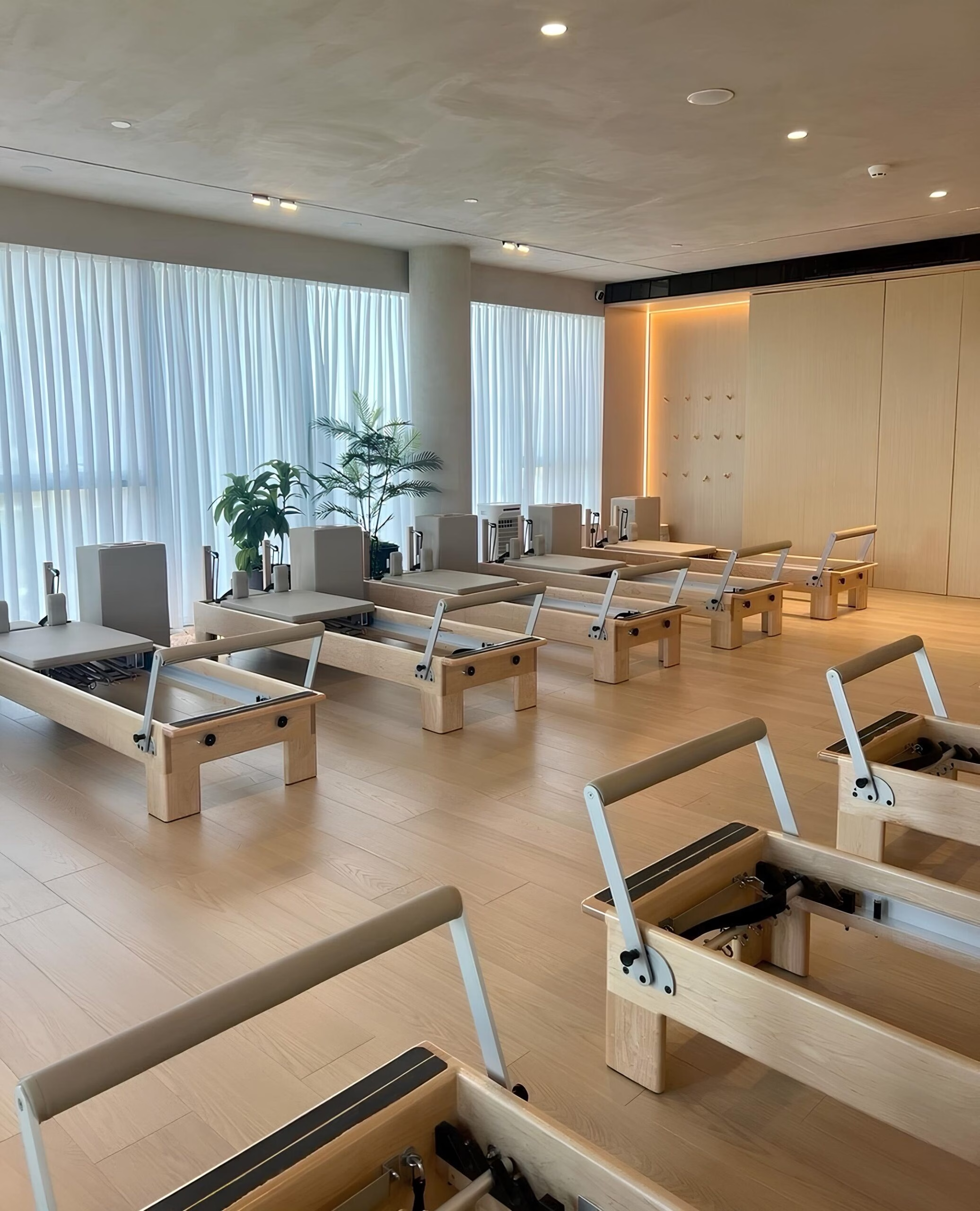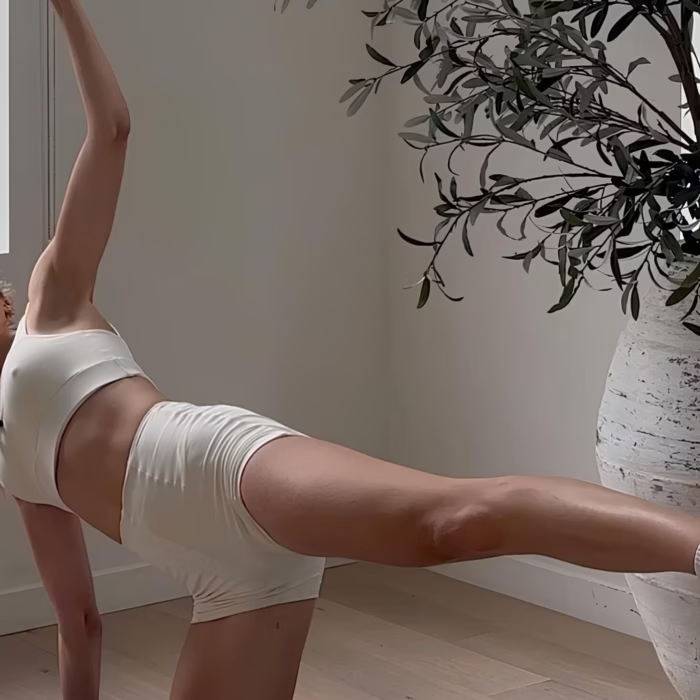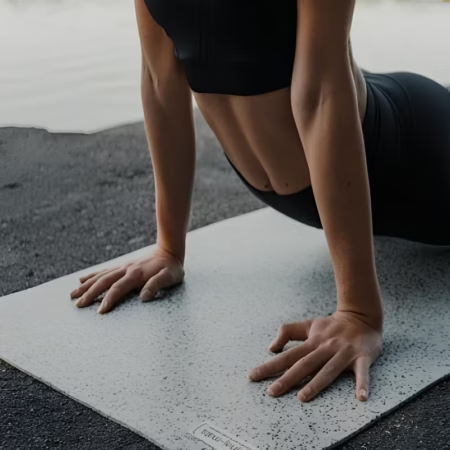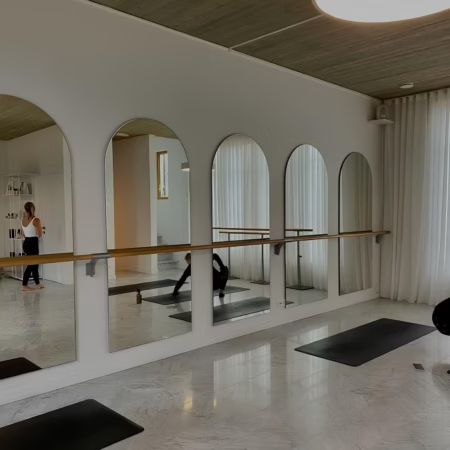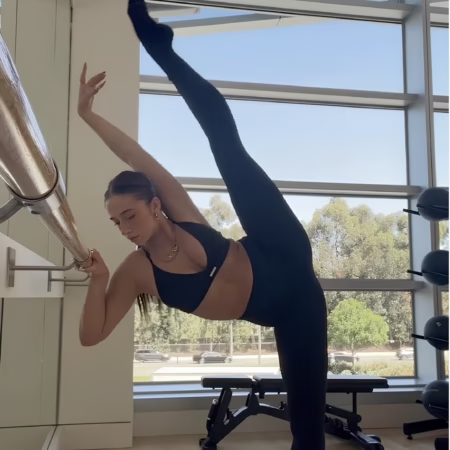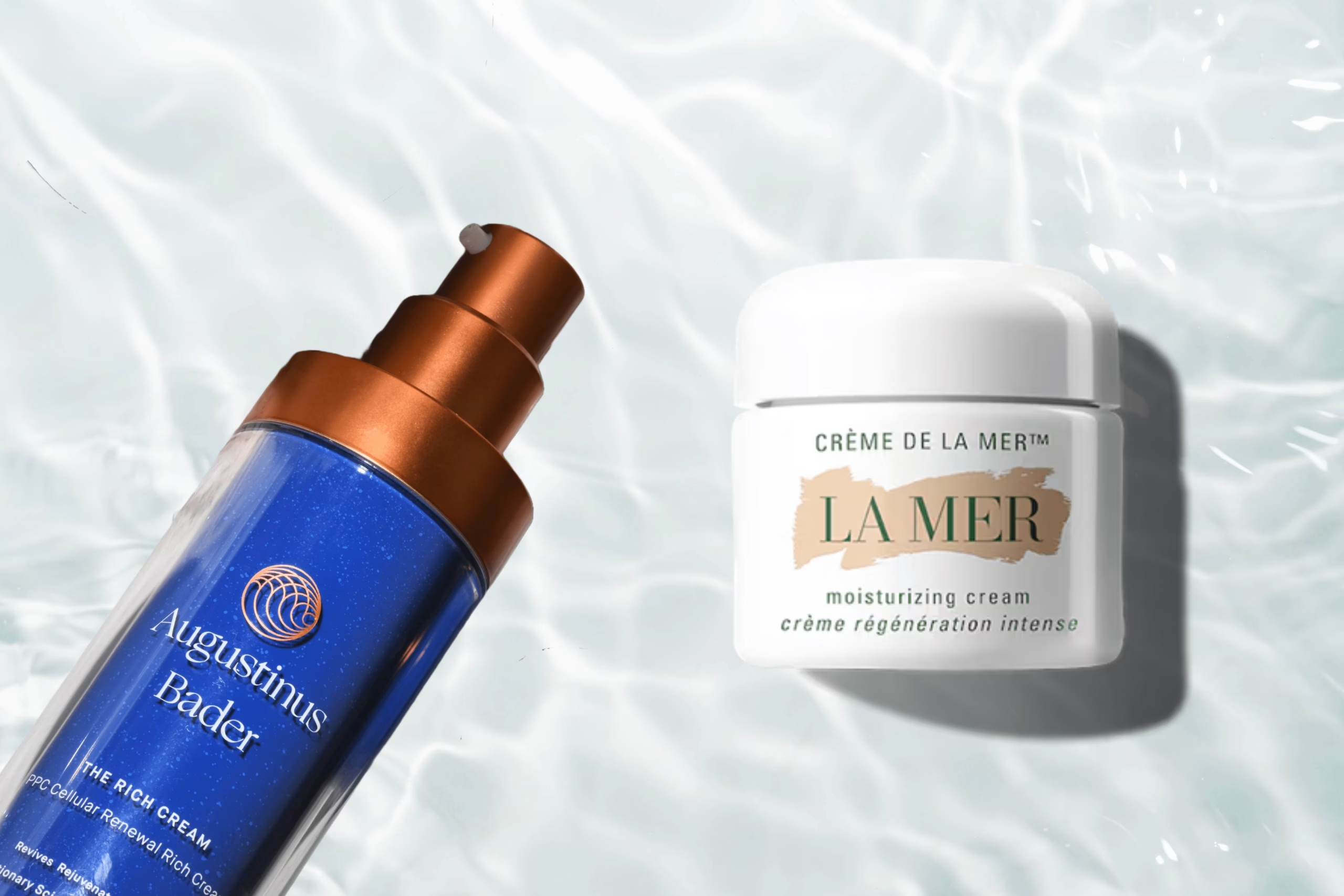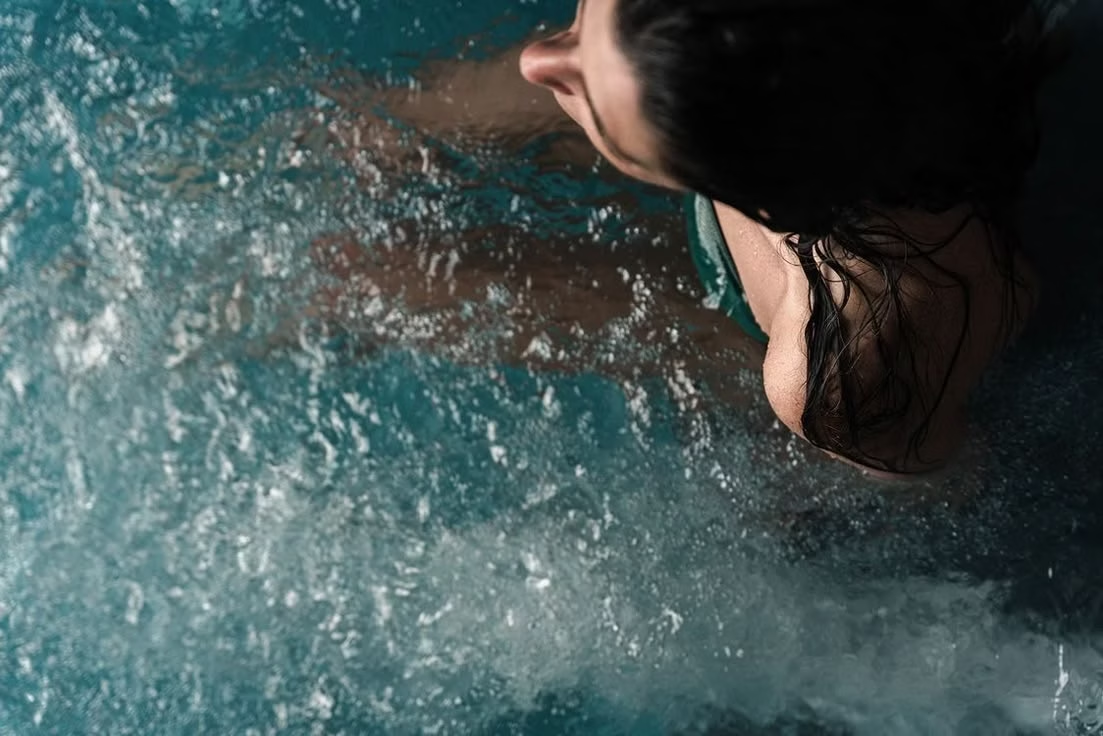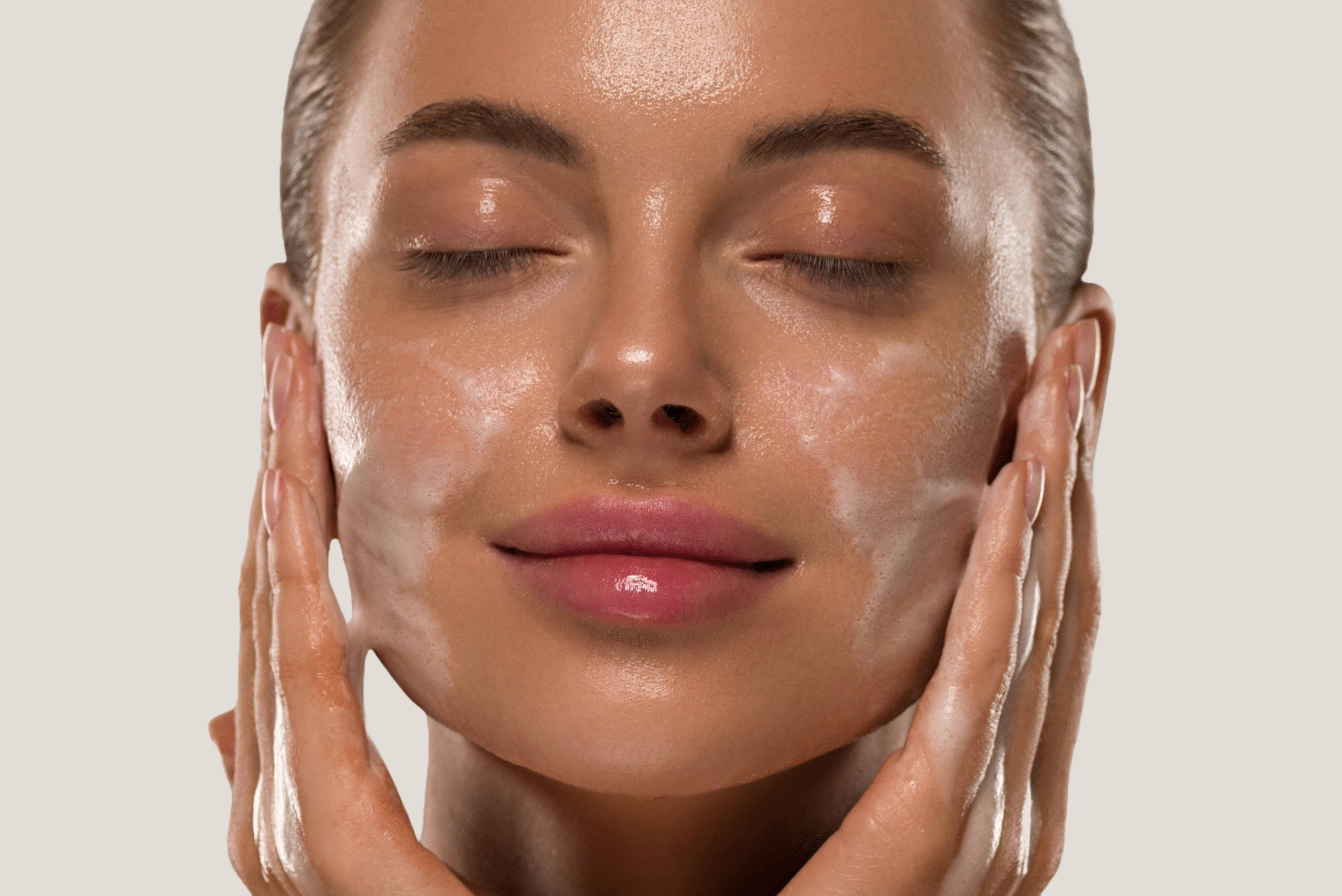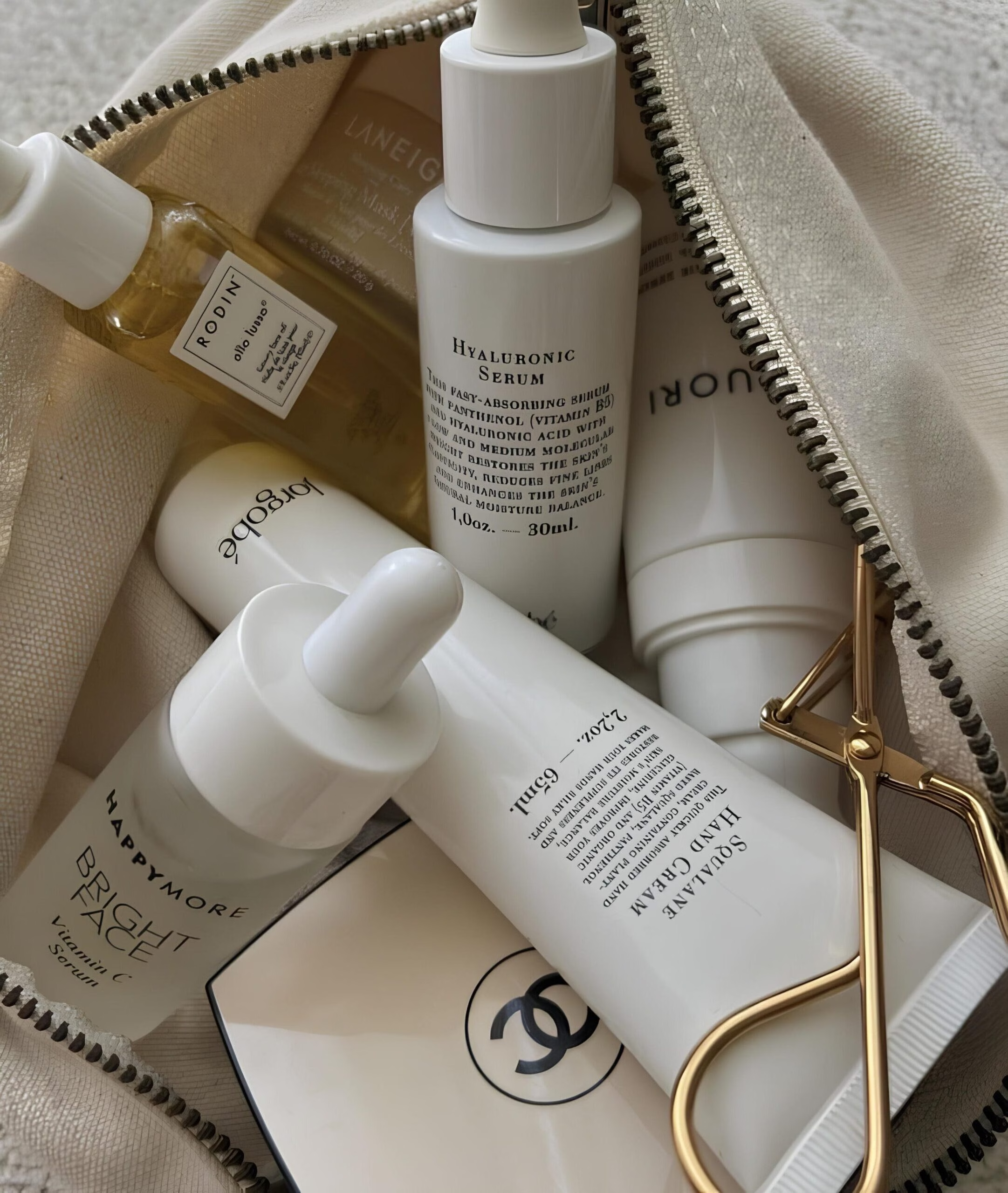With so many choices, deciding which form of low-impact fitness is right for you can feel overwhelming. Some are drawn to the sculpted lines associated with Pilates. Others seek yoga’s mind-body connection or barre’s dynamic energy. Whatever your preference, each method offers its own unique rewards and a timeline for results that can vary widely. If you’ve ever wondered why some yoga devotees seem practically aglow, or how Pilates aficionados develop such impeccable posture, or why barre enthusiasts leave class with shaking thighs and triumphant grins, the answers lie not just in technique, but in finding a workout style that aligns with your goals, body type, and aspirations.
Below, we’ll explore the world of low-impact exercise—from the nuances of different Pilates and yoga styles to the benefits of a killer barre session—giving you the insight needed to pick (and master) your perfect match.
Why Low-Impact Workouts Matter - Balancing Energy & Efficiency
Low-impact workouts emerged as a powerful response to increasingly intense fitness trends. Rather than pounding joints with high-impact routines, practitioners prioritize a gentler approach that doesn’t compromise on results:
- Joint-Friendly: Minimizes strain on knees, hips, and ankles, aiding longevity.
- Improved Core Strength: Many low-impact classes, including certain Pilates and yoga styles, center on stabilization and alignment.
- Stress Reduction: Controlled, mindful movements help regulate cortisol levels, contributing to a calmer mental state.
- Scalable Intensity: From light to advanced sessions, you can tailor each style to your comfort and fitness level.
Pilates: Precision, Alignment, and Core Mastery
Joseph Pilates developed this system in the early 20th century, focusing on core stabilization, graceful alignment, and fluid movements. Over the decades, Pilates has branched into various sub-styles, but at its heart remains the “powerhouse” concept: strengthening the core, which includes abdominals, lower back, hips, and glutes, to support efficient and safe movement in everyday life.
Types of Pilates
Classical Pilates
Adhering closely to Joseph Pilates’ original teachings, Classical Pilates follows a precise, time-tested sequence on the Reformer or mat. Ideal for those who appreciate a disciplined structure and seek a strong, balanced core with refined posture.
Key Benefits
- Strong, stable core (“powerhouse”)
- Refined posture and balanced muscle tone
- Measurable progress through a methodical routine
What to Expect
- Set sequences on the Reformer or mat
- Emphasis on technique, form, controlled breathing and rhythmic execution
- A blend of strength training and mindful movement
Best For: Those seeking a traditional approach rooted in original methods, prioritizing structured sequences and precise form.
Contemporary (or Modern) Pilates
Mixing the foundational principles with modern biomechanics, Contemporary Pilates adapts to different goals and body types. This style offers varied exercises and props—perfect for people craving a fresh, flexible routine that stays fun and challenging.
Key Benefits
- Adaptable for different fitness levels or goals
- Fresh, evolving routines that can target full-body conditioning
- Combines functional training with core-focused alignment
What to Expect
- Mixed-intensity classes that cater to both beginners and more advanced practitioners
- Opportunities to incorporate new exercises and props (e.g., Pilates ring, resistance bands)
- A balance of core engagement, flexibility, and dynamic movement
Best For: Individuals seeking a flexible, research-informed approach that can adapt to different body types.
Mat Pilates
Key Benefits
- Convenient, travel-friendly, and minimal equipment
- Builds endurance in the stabilizing muscles
- Develops foundational Pilates principles without specialized machines
What to Expect
- Classes that can range from gentle beginner sessions to advanced flows
- A focus on breathing and slow, methodical movement patterns
- A cost-effective way to practice at home or on-the-go
Performed using a mat on the floor with minimal equipment like resistance bands or small props, Mat Pilates relies on controlled bodyweight exercises to build core strength and endurance. It’s an accessible, budget-friendly way to master foundational Pilates wherever you are.
Best For: Individuals who prefer building core strength with bodyweight exercises, appreciate a portable, accessible workout.
Reformer Pilates
Performed on a carriage-based machine with adjustable springs, Reformer Pilates provides a dynamic, full-body workout. This low-impact, resistance-based practice sculpts muscles, boosts alignment, and offers levels of intensity tailored to each student.
Key Benefits
- Targets multiple muscle groups, enhancing coordination and tone
- Offers precise alignment feedback and support
- Blends a low-impact workout with the feel of functional strength training
What to Expect
- Guided movements that challenge stability, balance, and core engagement
- Progressions ranging from rehab-focused sessions to advanced, dynamic flows
- A smooth yet demanding experience that strengthens and sculpts the entire body
Best For: Those wanting more targeted muscular challenge and customizable resistance to elevate their core and full-body conditioning.
Core Benefits of Pilates
- Postural Alignment: Strengthens and supports the spine, enhancing day-to-day posture.
- Lean Muscle Toning: Encourages long, flexible muscles rather than bulk.
- Mind-Body Connection: Demands focus on each subtle movement, fostering concentration.
- Physical Rehabilitation: Frequently recommended by physical therapists for safe recovery.
Seeing Results
- Immediate Effects: Expect to feel more “connected” to your core and posture within a few sessions.
- Longer Timelines: Notable tone across the torso and improved body mechanics often emerge after six to eight weeks of consistent practice.
Yoga: Expanding Horizons From Hatha to Kundalini
While Pilates revolves around precise alignment and core strength, yoga extends into a broader mind-body-soul ethos. Originating in ancient India, yoga marries breath-work (pranayama), physical postures (asanas), and mindfulness or meditation. Over time, countless yoga paths have developed, each with its own pacing, focus, and atmosphere.
Types of Yoga
Hatha Yoga
A slower, methodical approach that introduces the basics of poses and breathwork. Hatha emphasizes alignment, relaxation, and a balanced blend of strength and flexibility—welcoming for newcomers or anyone seeking a gentler pace.
Key Benefits
- Builds flexibility and gentle strength
- Lowers stress through breath awareness
- Establishes core alignment principles for beginners
What to Expect
- Calm, methodical postures
- Emphasis on form and mindful transitions
- A welcoming atmosphere for those new to yoga
Best For: Beginners or anyone seeking to build a strong foundation or enjoy a more relaxed pace.
Vinyasa (Flow) Yoga
A fluid, creative style linking breath with continuous movement. Vinyasa flows can range from moderate to vigorous, making it appealing for those who enjoy a cardio-like challenge mixed with the meditative elements of yoga.
Key Benefits
- Combines cardio-like movement with core strengthening
- Improves balance and flexibility through fluid transitions
- Encourages present-moment focus via rhythmic breathing
What to Expect
- Moderate to vigorous flows depending on class style
- Sweating, energizing sessions that maintain a sense of grace
- A dynamic, dance-like experience
Best For: Active individuals seeking a moving meditation that boosts fitness and mental clarity simultaneously.
Ashtanga Yoga
Built around a fixed sequence of progressively demanding poses, Ashtanga is known for its discipline and strength-building potential. Consistent practice fosters mental resilience, clear benchmarks, and a powerful sense of achievement.
Key Benefits
- Builds upper-body and core strength through repeated vinyasa transitions
- Sharpens mental focus and discipline via set poses
- Offers clear performance benchmarks as you master each series
What to Expect
- Rigorous, sweaty sessions that demand consistent practice
- Repetitive posture flow, letting you track progress over time
- A physically and mentally demanding style that fosters resilience
Best For: Yogis who thrive on routine, structure, and tangible strength gains.
Iyengar Yoga
Focused on precise alignment and technique, Iyengar uses props (blocks, straps, chairs) to customize poses for each individual. Slower and detail-oriented, it’s an excellent route for perfecting form and enhancing body awareness.
Key Benefits
- Enhances posture, joint stability, and muscle balance
- Offers customized modifications for diverse ability levels
- Develops patience and body awareness
What to Expect
- Detailed, step-by-step instructions in each pose
- Slower pacing that zeroes in on perfect form
- A methodical, educational vibe in class
Best For: People who value technical depth and controlled progress, aiming to refine each posture carefully.
Kundalini Yoga
Combining breath-work, repetitive kriyas, chanting, and meditation, Kundalini aims to unlock a deeper sense of vitality and self-awareness. Its energetic, inward-focused elements appeal to those open to spiritual and transformative practices.
Key Benefits
- Increases mental clarity and creative insight
- Builds breath control and emotional resilience
- Introduces a distinctive blend of physical, energetic, and meditative practices
What to Expect
- Repetitive movements timed with specialized breathing techniques
- Potential use of mantras and chanting for deeper focus
- A unique, introspective journey exploring personal growth
Best For: People seeking a spiritual or energetic practice with transformative breathing exercises.
Yin Yoga
Designed for extended holding of passive, floor-based stretches, Yin targets deeper tissues like fascia and ligaments. By encouraging slow release and introspection, it complements more active styles and supports stress relief.
Key Benefits
- Improves joint mobility and range of motion
- Eases tension and fosters a quiet, introspective mindset
- Perfect counterbalance to faster-paced or high-intensity workouts
What to Expect
- Floor-based poses supported by props (optional)
- A calm, introspective environment suitable for mental relaxation
- A gentle yet deep stretch challenging you to embrace stillness
Best For: Those seeking an unhurried, reflective practice that complements fast-paced or high-impact fitness regimens.
Restorative Yoga
A deeply soothing practice that uses blankets and bolsters to fully support the body in restful postures. Restorative Yoga helps reduce physical and mental fatigue, offering gentle recovery and a tranquil reset for busy lifestyles.
Key Benefits
- Calms the nervous system to reduce stress and fatigue
- Aids in recovery from intense workouts or hectic routines
- Creates a nurturing environment for holistic well-being
What to Expect
- Minimal movement, sometimes fewer than five poses per class
- A serene, dimly lit setting conducive to deep rest
- An emphasis on letting go of tension and promoting quality sleep
Best For: Anyone needing a slow-paced, soothing experience that restores balance and gently eases physical or mental strain.
Core Benefits of Yoga
- Stress Relief: Emphasizes breath and mindfulness, reducing mental tension.
- Enhanced Flexibility: Postures gently stretch muscles and fascia.
- Holistic Wellness: A union of mental clarity, emotional balance, and physical strength.
- Adaptability: Can be practiced dynamically or restoratively to match your energy levels.
Seeing Results
- Immediate Effects: Many feel stress relief and improved circulation after just one session.
- Longer Timelines: Noticeable flexibility gains and sustained strength typically show after about four to eight weeks of regular practice, but deeper changes often unfold over months or years of consistent engagement.
Barre: A Dance-Inspired Route to Strength
Barre fuses elements from ballet, yoga, and Pilates into a rhythmic, energetic format. By emphasizing small, precise movements—like pulsing pliés or controlled core work—barre can rapidly fire up muscle endurance. This class often incorporates upbeat music, light hand weights, or resistance bands, injecting an engaging studio vibe.
Core Benefits of Barre
- Lower-Body Sculpt: Thighs, calves, and glutes get intensive work through repetitive, tiny movements.
- Core & Stability: Maintaining balance during barre sequences strengthens the abs and back.
- Grace & Posture: Draws on ballet’s emphasis on poise, giving many enthusiasts an elevated stance.
- Fun Factor: The pulse of music and supportive class environment often encourage participants to push their limits.
What to Expect
- Small, pulsing movements create deep muscle fatigue through tight, controlled repetition.
- Quick muscle engagement triggers an early burn in legs and glutes.
- Light hand weights, resistance bands, and a ballet barre add extra challenge.
- Ballet-inspired techniques like pliés, tucks, and holds elevate the heart rate and refine posture.
Seeing Results
- Immediate Effects: You’ll feel it in your thighs and glutes almost instantly.
- Longer Timelines: Increased muscle definition in the lower body and a tighter core can be observed within five to six weeks of consistent attendance.
Deciding What’s Right For You (and Your Body)
Each discipline resonates differently based on personal goals, preferred intensity, and lifestyle. Sometimes, all three might fit into your routine at various points. To help you narrow it down:
- If You Value Core Focus & Refined Posture
Choose Pilates. The entire methodology revolves around building a stable “powerhouse,” making it ideal for those wanting a strong, balanced frame. - If You Seek a Mind-Body Connection & Stress Relief
Choose Yoga. Explore different yoga styles (Hatha, Vinyasa, Iyengar, etc.) to find the pacing and structure that suit you best. - If You Crave an Energetic, Dance-Like Workout
Choose Barre. You’ll experience rapid-fire isometric movements that challenge your endurance while channeling graceful ballet vibes. - If You’re Unsure
Try Them All. Many studios offer drop-in passes. Experiment to see which environment and method resonate with your body, schedule, and mindset.
How Long Does It Take To See Results?
Low-impact fitness is about consistency over all-out intensity. Ideally, practicing two to three sessions weekly—whether that’s Pilates Reformer, Vinyasa flow, or a barre fusion class—yields measurable gains in four to eight weeks. Yet, it’s also essential to remember that this timeline varies based on factors like nutrition, sleep, stress, and lifestyle.
- Physical Improvements: Better posture, increased muscle tone, and enhanced flexibility can start appearing within a month.
- Mental & Emotional Shifts: Many note improved mood, greater resilience to stress, and more self-confidence in everyday movement as early as the first few sessions.
Actionable Takeways
-
Explore Multiple Studios
Try different instructors, class sizes, and environments to discover what feels most empowering. Each setting can reveal a new perspective on your practice. -
Track Your Progress
Use a fitness journal or app to note milestones: reduced soreness, deeper sleep, or an advanced posture you’ve finally nailed. Small wins build lasting motivation. -
Stay Adaptable
Some days call for a calm, restorative class; others might inspire a quick mat Pilates session or a brisk barre workout. Adjust your routine to match your energy and schedule. -
Prioritize Proper Form
Whether you’re flowing through yoga, perfecting Pilates, or pulsing in barre, technique is everything. Good alignment amplifies results and minimizes risk of injury. -
Embrace a Mixed Routine
Fuse Pilates for core precision, yoga for mental clarity, and barre for upbeat toning. Combining styles can keep both mind and body engaged, preventing plateaus.
Pilates, yoga, and barre each hold a special promise: that you can build strength and stability without punishing impact, and cultivate a fitter, more poised version of yourself. Through core-focused precision, restorative breath-work, or dance-inflected grace, you’ll find a form of fitness that matches your aspirations—and transforms your life in subtle yet lasting ways.

